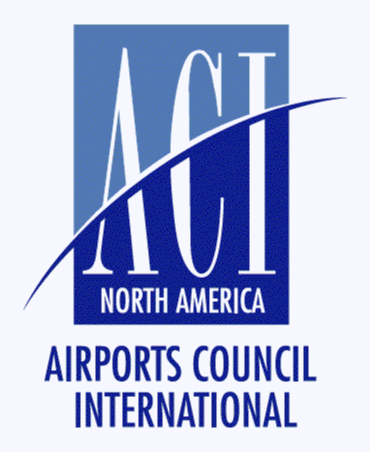Department Of Homeland Security Making Recommendations To Mitigate Potential Insider Activity
Department of Homeland Security (DHS) Secretary Jeh Johnson said Monday that he plans to take additional steps to address the potential insider threat vulnerability at U.S. airports.

"These steps follow a 90-day Aviation Security Advisory Committee (ASAC) comprehensive review conducted at my request in January 2015," Johnson said in a statement. "I also asked the ASAC to identify other trends to determine if additional risk-based security measures, resource reallocations, new investments or policy changes are necessary."
Johnson said he made the request after an incident in Atlanta that occurred in December 2014 which raised questions about potential vulnerabilities regarding the screening and vetting of all airport-based employees. Immediately following the incident in December 2014, TSA increased the random and unpredictable screening of aviation workers at various airport access points to mitigate potential security vulnerabilities.
As a result of the recommendations contained in the ASAC report, Johnson has directed the TSA to take the following immediate actions:
- Until TSA establishes a system for “real time recurrent” criminal history background checks for all aviation workers, require fingerprint-based Criminal History Records Checks every two years for all airport employee SIDA badge holders.
- Require airport and airline employees traveling as passengers to be screened by TSA prior to travel.
- Require airports to reduce the number of access points to secured areas to an operational minimum.
- Increase aviation employee screening, to include additional randomization screening throughout the workday.
- Re-emphasize and leverage the Department of Homeland Security “If You See Something, Say Something” initiative to improve situational awareness and encourage detection and reporting of threat activity.
"I have also directed TSA to continue analyzing the recommendations of the ASAC report, and identify additional mitigating measures for future implementation," Johnson said.
Furthermore, the ASAC concluded that 100 percent physical employee screening would not completely eliminate potential risks, but would divert critical resources from other critical security functions to mitigate other risks.
"I want to thank the ASAC for their work in developing their recommendations in such a short time frame," Johnson said. "Their recommendations validate TSA’s risk-based approach to passenger screening and will help strengthen the overall security of our commercial aviation network. I am confident that the potential insider-threat posed by aviation industry employees will be significantly mitigated as a result of these recommendations."

The Airports Council International-North America (ACI-NA) said it "appreciates" Johnson’s initiative to work collaboratively with the association and its member airports through the Aviation Security Advisory Committee (ASAC) to identify practical security enhancements to mitigate potential insider activity.
“In moving to implement the identified enhancements, ACI-NA and its U.S. member airports have long supported an approach to regulatory activities whereby agencies afford industry the opportunity to comment on proposed security measures and we look forward to this type of collaborative engagement with DHS and the Transportation Security Administration (TSA),” said ACI-NA President and CEO Kevin M. Burke in a statement.
FMI: ASAC Working Group on Airport Access Control final report
 ANN's Daily Aero-Term (05.29.25): Terminal Radar Service Area
ANN's Daily Aero-Term (05.29.25): Terminal Radar Service Area ANN's Daily Aero-Term (05.30.25): Very High Frequency (VHF)
ANN's Daily Aero-Term (05.30.25): Very High Frequency (VHF) Aero-News: Quote of the Day (05.30.25)
Aero-News: Quote of the Day (05.30.25) Airborne 05.23.25: Global 8000, Qatar B747 Accepted, Aviation Merit Badge
Airborne 05.23.25: Global 8000, Qatar B747 Accepted, Aviation Merit Badge ANN's Daily Aero-Linx (05.30.25)
ANN's Daily Aero-Linx (05.30.25)




